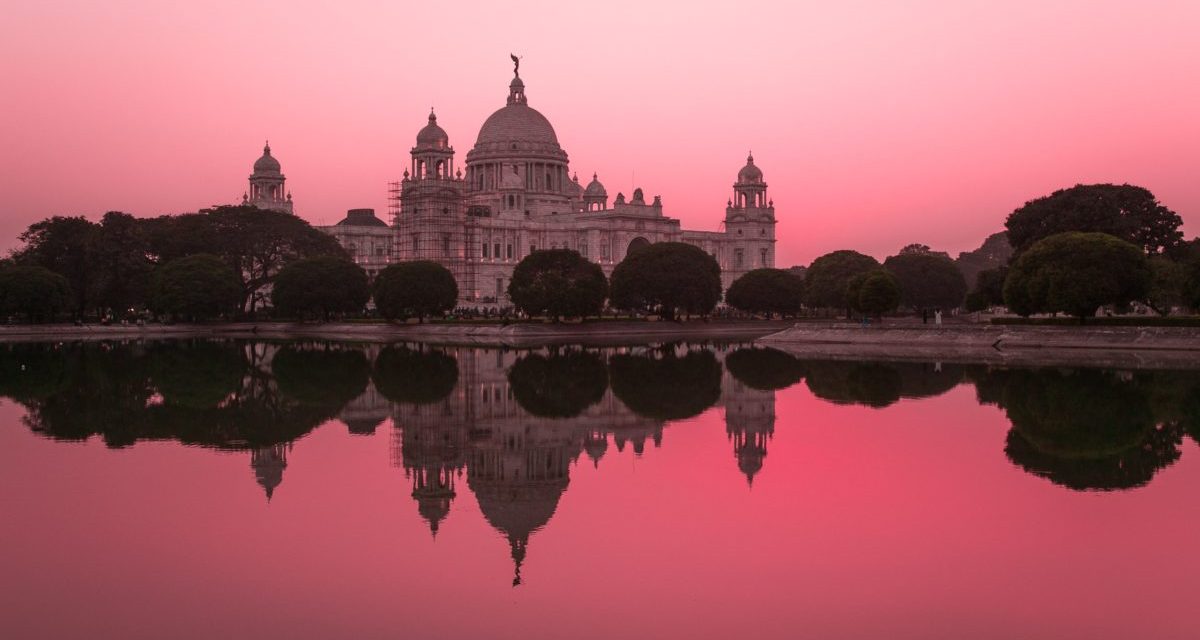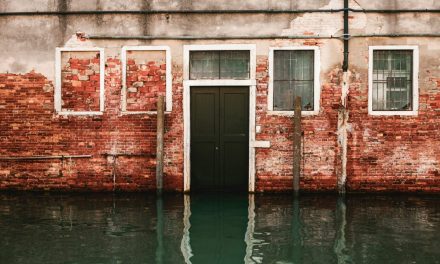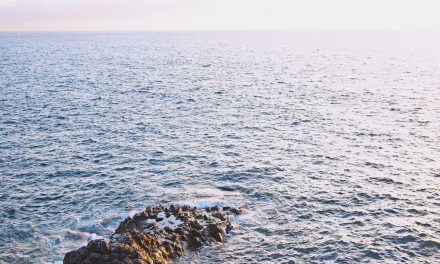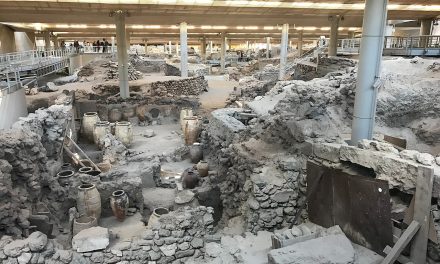Underwater cities like Cambay have been the talk of legend and fantasy for thousands of years. Cambay is probably second only to Atlantis in the amount written about it. But, there appears to be some history behind one of these underwater sites. In May of 2001, Mur Mano Joshi of the National Institute of Science Technology in India made a shocking announcement. During routine environment and survey operations off the coast of Gujarat, an ancient underwater city had been discovered.
The underwater city of Cambay was found about 40 meters under the surface of the Gulf of Khambhat. It is a huge site measuring 8 kilometers long and 3.2 kilometers wide. Many artifacts such as a piece of wood, pottery shards, and fossilized human remains were carbon dated to an age of 9,500 years old. This is a truly historical discovery that would make the newly found site older than the Harappan Civilization, which was located in the Indus Valley and believed to be one of the oldest civilizations known.
9,500 Years Old
Marine archaeologist used sub-bottom profiling to identify layers of sediment and rock under the sea floor and discovered that the remaining buildings stand on enormous foundations. They also discovered artifacts that are over 9,500 years old, according to carbon dating.
Unfortunately, the validity of the ancient site is hotly contested by the archaeology community, mainly because it was excavated by dredging the sea floor. Also, many archaeologists believe that it is impossible to properly analyze the artifacts collected because the site is tectonically active. Most of the other artifacts found like pottery shards and carbon dated wood have been dismissed as common natural occurrences.
It is unfortunate that we may never know the full extent of this discovery. Perhaps the technology we develop in the future can tell us more. But for now the results are inconclusive at best and leave us once again to imagine what life was like in the underwater city of Cambay.







